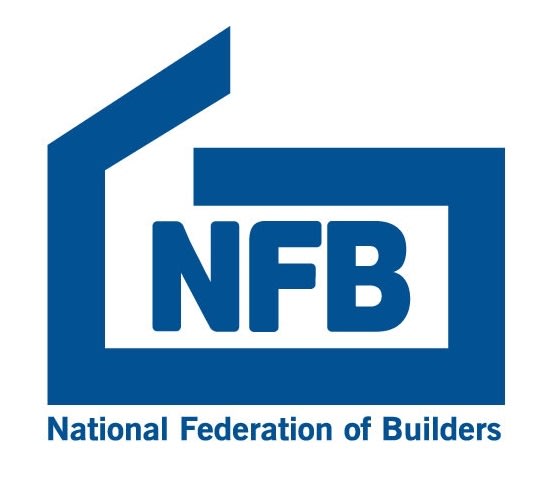December Overview – Stuart Smith

A revitalised UK economy is laying the foundations for a construction boom over the next two years—because nothing says “we’re building back better” like a few more cranes dotting the skyline. After a brief flirtation with recession in late 2023, the economy is back in growth mode in 2024, and momentum is expected to build (pun intended) through 2025 and 2026. It’s a blueprint for progress that’s got the industry dusting off its hard hats and steel-capped boots.
Economic growth is forecast at a modest 1% for 2024—think of it as the economy clearing the rubble of last year’s setbacks. This rebound is driven by higher government spending and a recovery in consumer activity. The early July election helped level the political landscape, boosting investor confidence and hammering home the message that stability is back.
Consumers, cautiously optimistic, are spending again, supported by a small rise in real household incomes. While wage growth has slowed (from a hefty 7.3% in 2023 to about 4% this year), inflation has fallen faster than a wobbly scaffold, giving households more financial stability. Lower inflation has also paved the way for interest rates to ease, helping the housing market lay its first bricks of recovery and giving businesses the confidence to dream big again.
Meanwhile, the Chancellor’s Budget rolled out a mix of tax measures—most of them aimed at wealthier households. Adjustments to inheritance tax, capital gains tax, non-dom rules, and VAT on school fees might be rattling the chandeliers in certain circles, but they’re expected to leave overall consumer spending and confidence largely intact. Plus, public sector pay rises and increased government spending are cementing near-term economic growth.
Even more exciting is the Chancellor’s decision to loosen fiscal rules, giving the green light to increased government borrowing for infrastructure and construction projects. It’s like handing the industry a shiny new toolbox and saying, “Go build us a brighter future.” This policy shift is expected to underpin growth across the built environment—just the kind of reinforcement the economy needs.
From 2025 onwards, household incomes are projected to grow even more strongly, providing a solid foundation for consumer-facing construction sectors like private housing, retail, and leisure. Easing borrowing costs, brighter economic conditions, and newfound political stability are also likely to nail down investor confidence in industrial and commercial property markets. The outlook? Rock-solid.
Publicly funded projects, temporarily delayed by the General Election and subsequent programme reviews, are finally back on the drafting table. The 2025/26 Budget commitments have cleared up the confusion, enabling government departments to press ahead with long-planned projects. The upcoming Spring Spending Review will lay out the longer-term funding framework, setting the stage for a public sector construction boom in the latter half of the forecast period.
In short, the UK economy is building momentum, and the construction industry is poised to raise the roof. With steady growth prospects, fiscal reforms, and greater stability, the next few years look set to be a cornerstone for progress. Now, who’s ready to break ground?
Stuart Smith BEng (Hons)
Senior Business Development Manager- Morgan Sindall
















